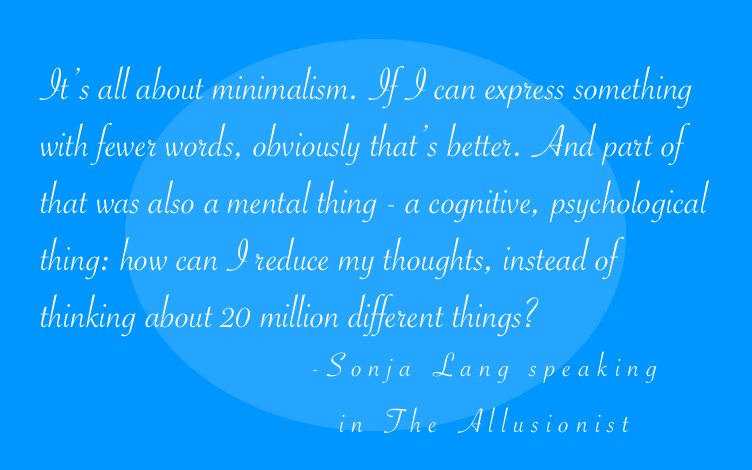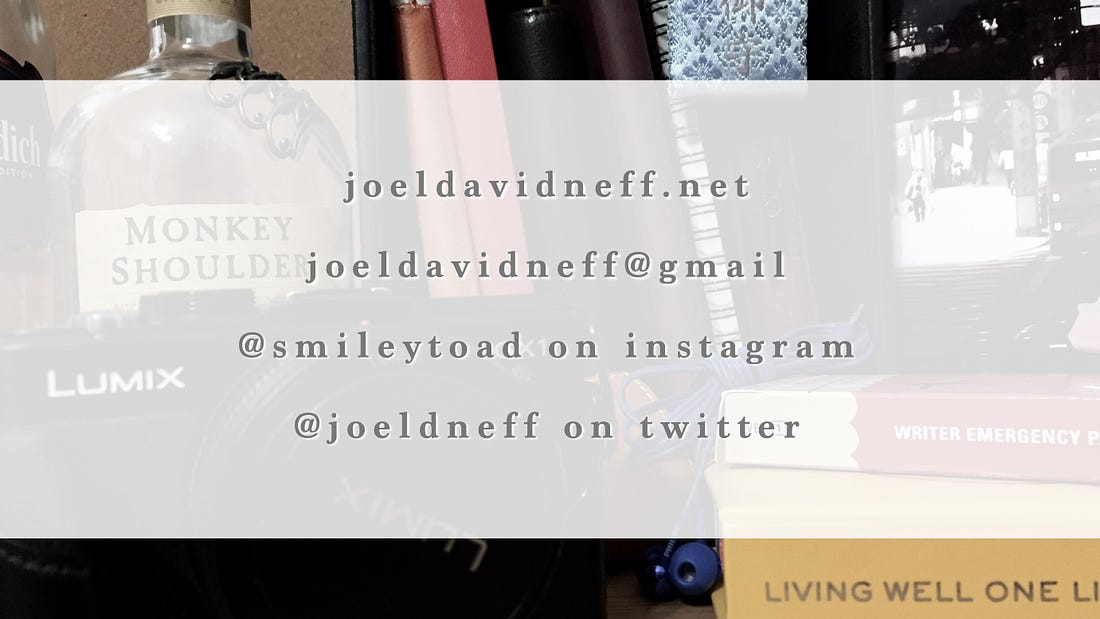Hi!
Welcome to Learned, a resource for all of us who are trying to learn a made-up language or two. In this issue:
What We’re Learning: All about artificially constructed languages.
What We’re Reading: Toki Pona.
Down the Rabbit Hole: Making up all the things!
Let’s get to it.

What We’re Learning:
This week, we're learning about artificial, or constructed, languages. At one point in time, a new, artificial language was going to save us from the Tower of Babel that is modern communication. Created by an 18th-century ophthalmologist from a hodgepodge of languages, Esperanto would be a global lingua franca we could all speak to each other, thus saving countless hours of translation headaches, cultural mishaps, and all manner of pratfall worthy communication errors.
Except it didn't quite work out that way. Or, it hasn't yet. It turns out that Esperanto was a little ahead of its time and, well, not quite as user-friendly as its designers had intended. But even with these limitations, Esperanto has grown to be the biggest constructed language in the world, with over two million speakers. All of which begs the question, why create a language?
Dr. Zamenhof's goal was to reduce the "time and labour we spend in learning foreign tongues," and he wasn't the only one. Languages like Esperanto are called Auxiliary Languages and Wikipedia's chart is, well, staggering for the fact that it goes through the year 2010* if not for its sheer length.
And these lofty goals of commonality and universality are great, but the truth is, mainly we make languages for books and t.v. and movies (Artistic Languages). J.R.R. Tolkien, author of The Lord of the Rings and something of a linguist, is the go-to example for this, going so far as to create an entire family of Elvish languages for his books, but he is not the only one.
Literature alone gives us Newspeak, Lapine, and Parseltongue, while t.v. and film give us made-up languages like Dothraki and Valaryian from Game of Thrones, Na'vi from Avatar, and Barsoomian from the misbegotten John Carter of Mars adaptation. But, of course, the most widely studied and evolved example is Star Trek's Klingon language, (now available on Duolingo!)
These languages add texture to the fictional worlds in which they're spoken and can help creators present ideas and contexts more clearly; the real trick, it seems, is determining which artificial languages are actual languages and which are just...window dressing.
In the examples listed above, Tolkien's Elvish languages, Lapine (from Richard Adams' Watership Down), and Klingon stand out as real languages with a grammar and syntax that mimic natural languages. In Tolkien's case, it was due to his love of languages and his belief that to tell a story properly, the author had to have an intimate understanding of all the characters, including their cultural and linguistic backgrounds, which meant understanding the language. By contrast, Adams only included the occasional word of the rabbits' language in his books, but fans stepped up to finish the language, eventually building it into a something in which conversation could be had.
Klingon is a studied mix of both deliberate creation (like Tolkien) and fan creation (like Lapine) with a large helping of a newer, third option - the deliberate and studied creation by professional linguists.
When HBO set out to adapt George R.R. Martin's massive fantasy world to television, they made it a point to make the setting as real as possible. Which meant following in the footsteps of James Cameron and hiring a professional linguist. (Paul Frommer for Na'vi and David J. Peterson for the GoT languages.) Meanwhile, Klingon started as random gibberish spoken by the actors while filming and only latter converted to a "real" language by Marc Okrand for the third movie, The Search for Spock.
But this is, of course, only scratching the surface of "conlang." Aside from auxiliary languages (Esperanto) and artistic languages (Klingon), there are the experimental languages like Toki Pona, Ithkuil, and Loglan among countless others, each of which is worthy of a rabbit-hole dive all on its own.
Suffice it to be said that today, there are dozens, if not hundreds of constructed, artificial, invented languages with their own project pages, subreddits, and Wikipedia entries. And, as much as I ought to be spending my time getting better at the natural languages I'm studying, I'm tempted to pick up a book or three and get lost in a totally new, wholly artificial, experience.
How about you?
*The entry for 2010 is called Lingwa de Planeta, which is an attempt to make a new, harmonious language based on the most widely spoken languages on the planet. It's weird. Interesting, but weird.
What We’re Reading:
 Toki Pona: The Language of Good
Toki Pona: The Language of Good
by Sonja Lang
I’ve mentioned Toki Pona no fewer than three times in this letter without explaining what it is. Let me rectify that now: Toki Pona is an experimental language designed to be as simple as possible. So, the word “toki” can be translated to English as “talk” (not incidentally the title of this week’s letter) and “pona” is good, making the language literally Talk Good.
The idea is that the language forces people to think simply and positively, which I find charming and useful in an anxiety-reduction sort of way (like deep breathing or positive visualization.)
I first heard about the language during an episode of The Allusionist (if you’re into words, language, or any derivative thereof, you ought to be listening to this show) where the host, Helen Zaltzman interviewed Sonja Lang. It was a quirky, fun interview and I’ve been meaning to get into this conlang ever since.
Maybe now’s the time.
Elsewhere:

Down the Rabbit Hole:
There wasn’t room to talk about all the other willfully made-up languages in the world - the secret languages, the coding languages, the language of flowers, the language of flags, the language of perfume…
Ok, so the perfume one isn’t a language per se, but, as long as we’re making things up - how about a flag? A symbol? Just some words? Nah, too small. Okay, how about a whole country?
Fine, how about just bringing something back? Like an extinct animal? Like a deceased pet? Like you?
No? Just enjoy what we’ve got? Sounds “pona” to me.
Random Fact:
Along with his more famous coinings like “Jabberwocky” and “boojum,” Lewis Carrol is credited with creating the portmanteaus “snark” and “chortle.”
That’s it. Stay strong. Stay healthy. Learn something.



